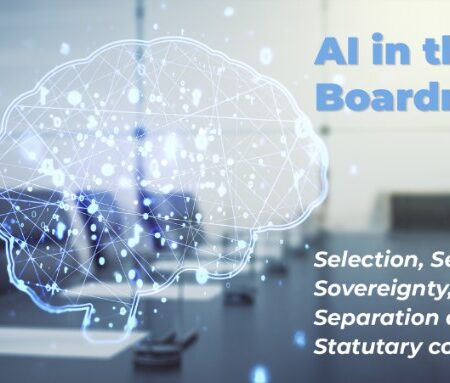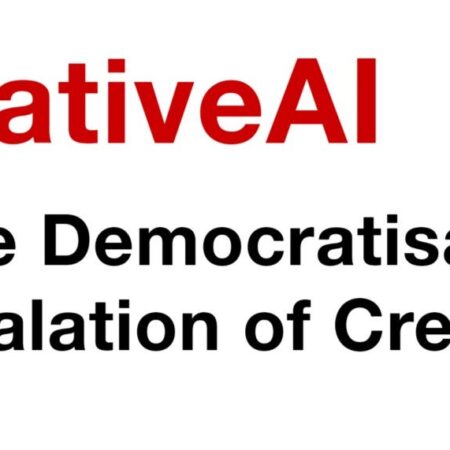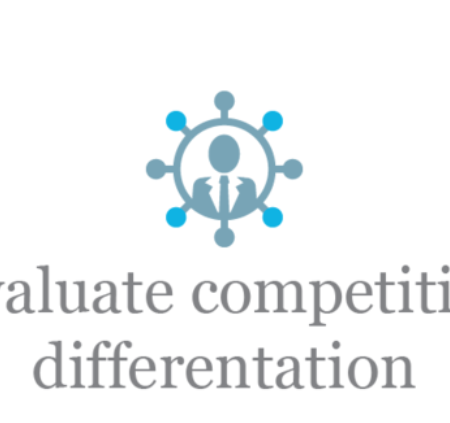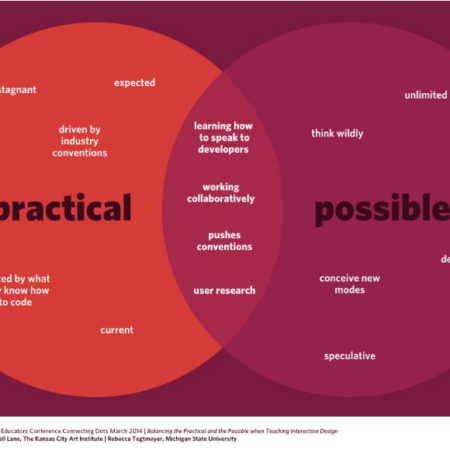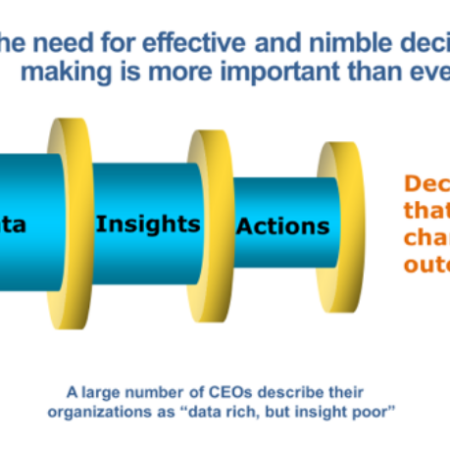
In the digital world, getting your board on board with AI adoption is a strategic imperative
To successfully adopt and deploy AI, GenAI, and Agentic AI requires starting at the top with the CEO and Board agreeing on the right digital strategy for the company and a game plan to implement it. That is virtually impossible to do if most board members are not digitally savvy.
In the digital world, “you earn what you learn”
“The saying “you earn what you learn” emphasizes the connection between acquiring knowledge and skills and increasing one’s earning potential. It suggests that investing time and effort in learning, whether through formal education, on-the-job training, or personal development, can lead to greater opportunities and higher income.”
In the digital world, business value creation is defined by long-term power not short-term performance
In a time of unprecedented change, uncertainty, and disruption, there is a strong tendency for senior leadership teams to focus solely on short term challenges and issues rather than longer term business value creation opportunities. The big “aha” moment comes for senior leaders when they realize that short term performance consumes long term growth. This means that if the company continues to overweight investments in current businesses to deliver short-term performance, it will eventually liquidate the company’s long-term power to grow.
In the digital world, “why” comes before “how” in AI
Too many companies’ GenAI & Agentic AI projects are driven by a fear of missing out (FOMO) and being left behind by their competitors who are adopting and deploying it in their markets. As I wrote in my January blog ( insert link ) fire-aim-ready is not a winning strategy for AI.
In the digital world, AI is driving the democratization of innovation
AI could potentially add $13 trillion to global economic activity by 2030, representing a 16% increase in cumulative GDP, according to Prysmian.
In the digital world, AI governance is not an obligation, it’s a competitive differentiation
The scope and speed of new AI developments including GenAI and Agentic AI is far outpacing the AI governance tools necessary to deploy it safely and securely while still maximizing the business value returns from its successful deployment.
In the digital world, you have to balance the art of the possible with the demands of the practical
The unprecedented acceleration of disruption to legacy systems and processes from AI, GenAI, and Agentic AI has forced C-Suite leaders across all industries to make a series of trade-off decisions. What percentage of the company’s scarce resources and budgets should go to stabilizing and securing its systems of record vs. building and deploying its new systems of engagement and systems of intelligence?
In the digital world, decision making clarity and cadence are mission critical success factors
The speed and complexity of change from disruptive technologies puts an even greater pressure on the need to change the decision-making clarity and cadence of your company. The risks of taking too long to make a decision in many cases outweigh the risk of making the wrong decision, especially if you can learn from it and quickly make a new and better decision.
In the digital world, Fire-Aim-Ready is not a winning strategy for GenAI
In my monthly blog from last February, I highlighted the gold rush mentality of companies spending on GenAI because of a fear of missing out (FOMO) on this new wave of disruptive digital technology. Three years later, the results have shown that over 85% of those investments have yielded little or no return:
In the digital world, to compete successfully as a digital enterprise requires transformational leadership
In a recent McKinsey Global Survey of 2,190 companies, two thirds of those companies in pursuit of transforming their businesses into digital enterprises said that they were “just treading water, taking no decisive action, and consequently achieving little or no success.”

